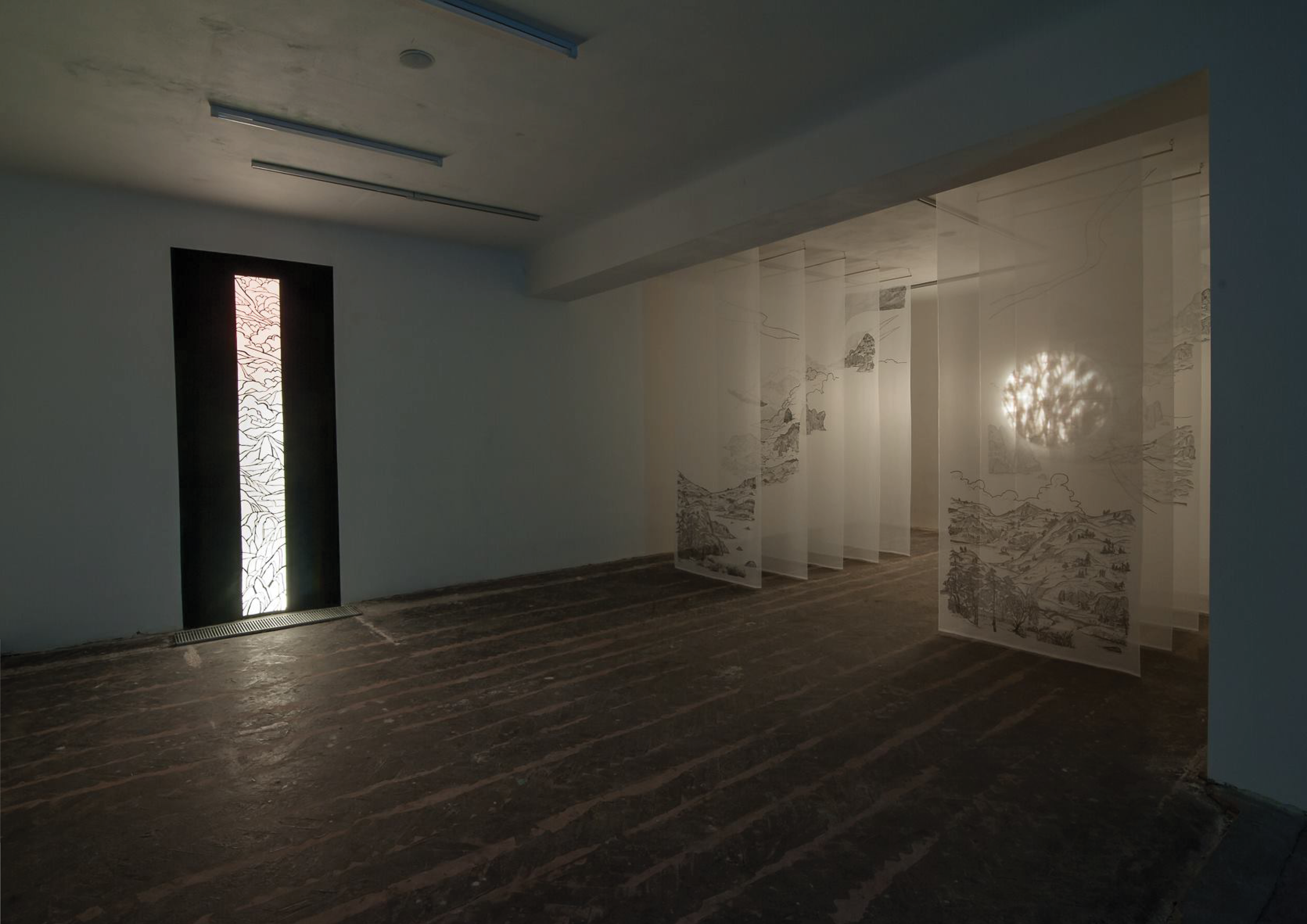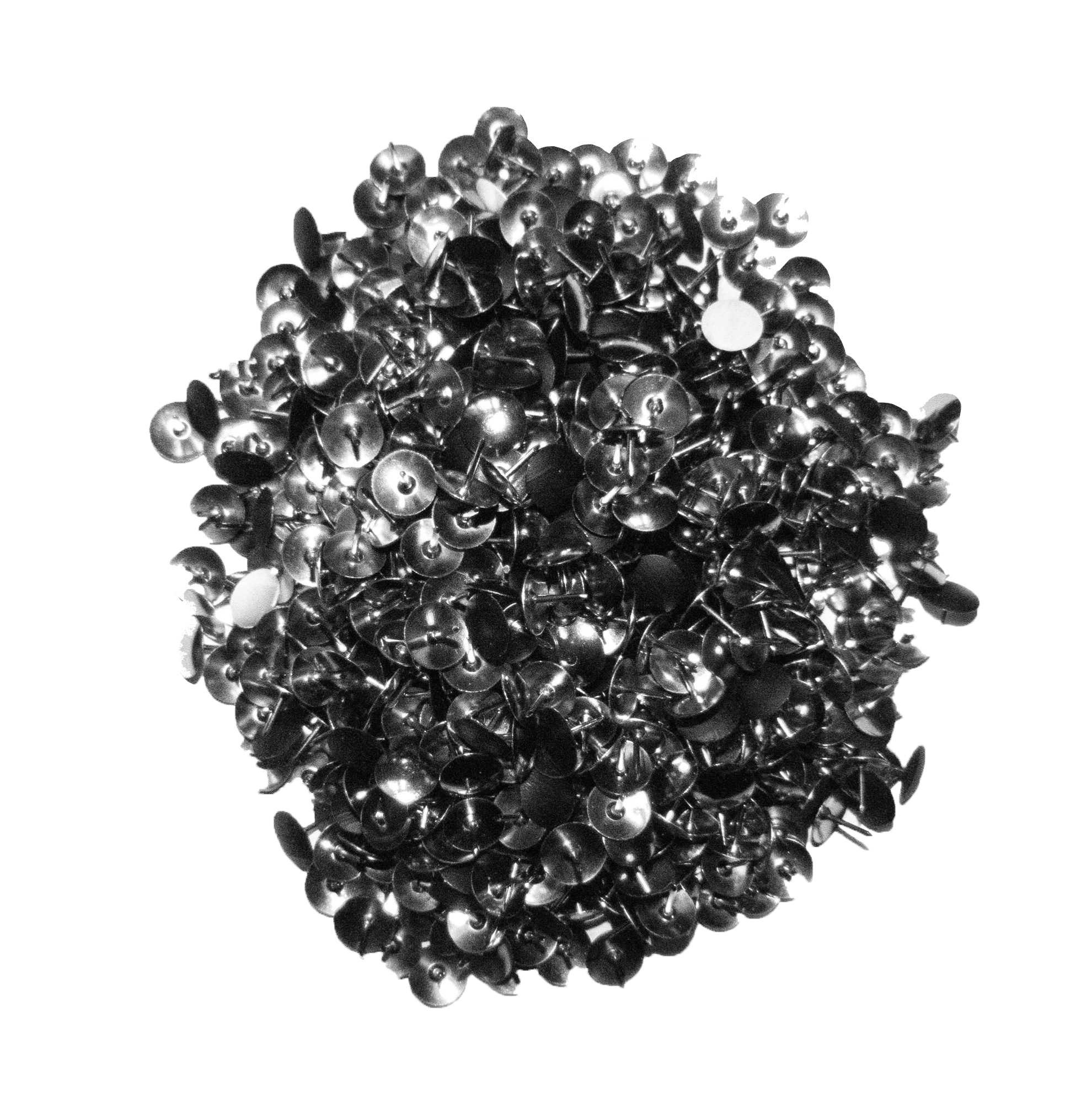Artists: Kei Ichikawa, Max Tref
Curator: Anna König Vlk, Šimon Kříž
Photos: Martina Schneiderová
OFF/FORMAT Gallery, Gorkého 41, Brno, 602 00 Czech Republic
Annotation
„Psst! No shouting here! Be good!“ – whispers his mother in the ear of a four-year-old boy in church who, instead of listening to the sermon, drives his little car around the pew in front of the unfriendly eyes of the local parishioners.
Father of us, who art in heaven,
stay there!
We’ll stay here,
for it’s ever so nice here on Mother Earth.
A loose paraphrase of the poem „Pater Noster“ by Jacques Prevért
With this poem, Kei Ichikawa reflects on a collection of his drawings and videos. Maybe it is a silent prayer of a boy with a toy car, who knows? „Zone“ is similar to a gallery and a temple. It’s a place where two worlds come together. Our earthly and the undefined mystical. But we always have the same expectations of it, which usually lead us to a spiritual experience in the form of inner calming, recharging or even inspiration. Kei Ichikawa, however, does not let us dream for long. It brings us back down to earth as its part of the zone reciprocates matter and the world around us. Her blue drawings and videos drowning in azure represent the sky against which our earthly life contrasts with the events of everyday life.
We come to The Zone as pilgrims, with the weight of our own destinies, trying to detach ourselves.
This detachment does not happen, as we see glimpses of perfect Renaissance sculptures in blurred video installations, which the author is fascinated by and which have little to do with reality. There is no detachment, as we see glimpses of perfect Renaissance sculptures in blurred video installations, which the artist is fascinated by and which have little in common with reality.
Even The Zone has its own rules, because, like a Christian prayer, it ends with the words Amen. This relentlessness can nevertheless bring the pilgrim the peace that he can find just before the altar, which, according to Max Tref, parallels Eastern religion as the harmony of nature and man. He himself tries to adopt the natural principles of Asian art, which he sees, for example, in Chinese shan shui paintings, translated as „mountains and water.“ Thus, in his canvases we can see fragments of memory and imagination embedded in a symbiosis with each other in a fanciful, often inaccessible landscape.
The last stop, each layer of fabric, represents a detachment, a shedding of matter. The principle of layering is regularly used by Max Tref in his work, where, for example, he uses individual coloured Plexiglas panels to create a coherent colour image for the viewer (exhibition „Eintopf“ 2017). The light installation therefore becomes a time horizon that represents the individual phases of the moon. The Chinese calendar is also based on this principle. An endless stream of time that, in conjunction with the individual canvases, creates a new reality. In this way, we can let our thoughts run free and reach an inner meditation, a leaving of The Zone.






